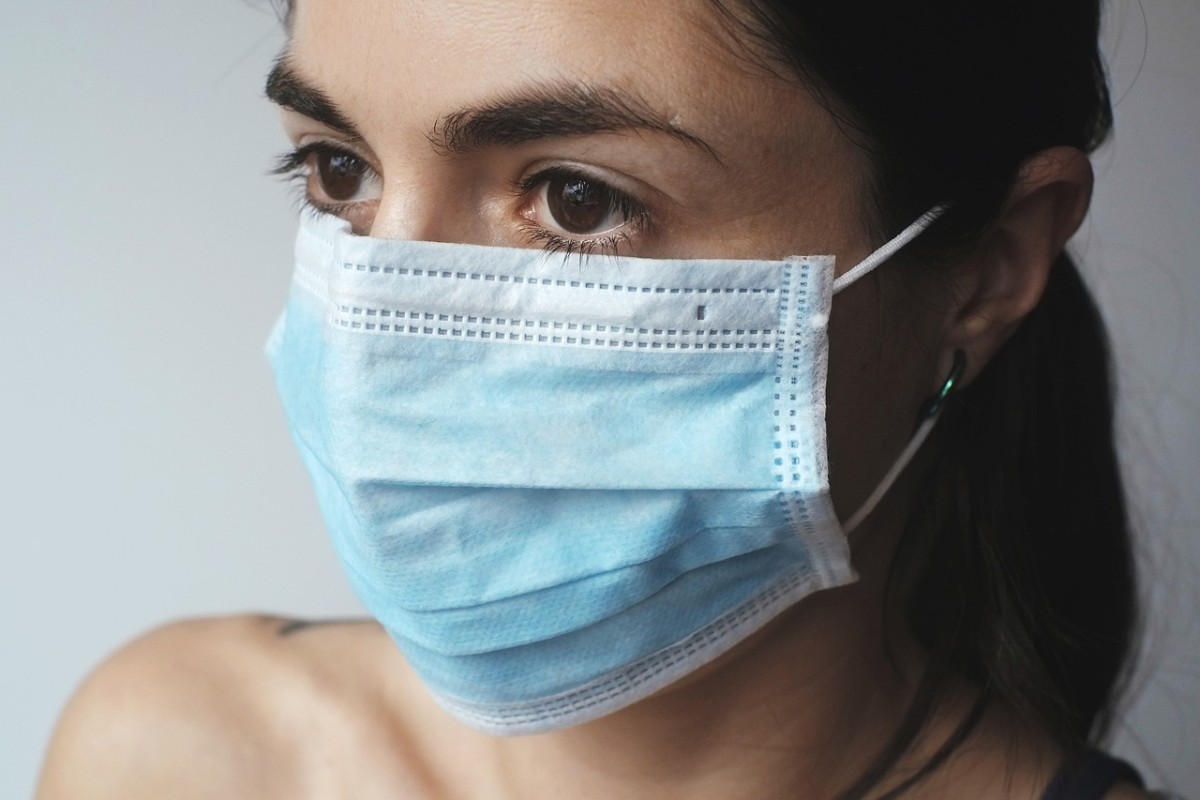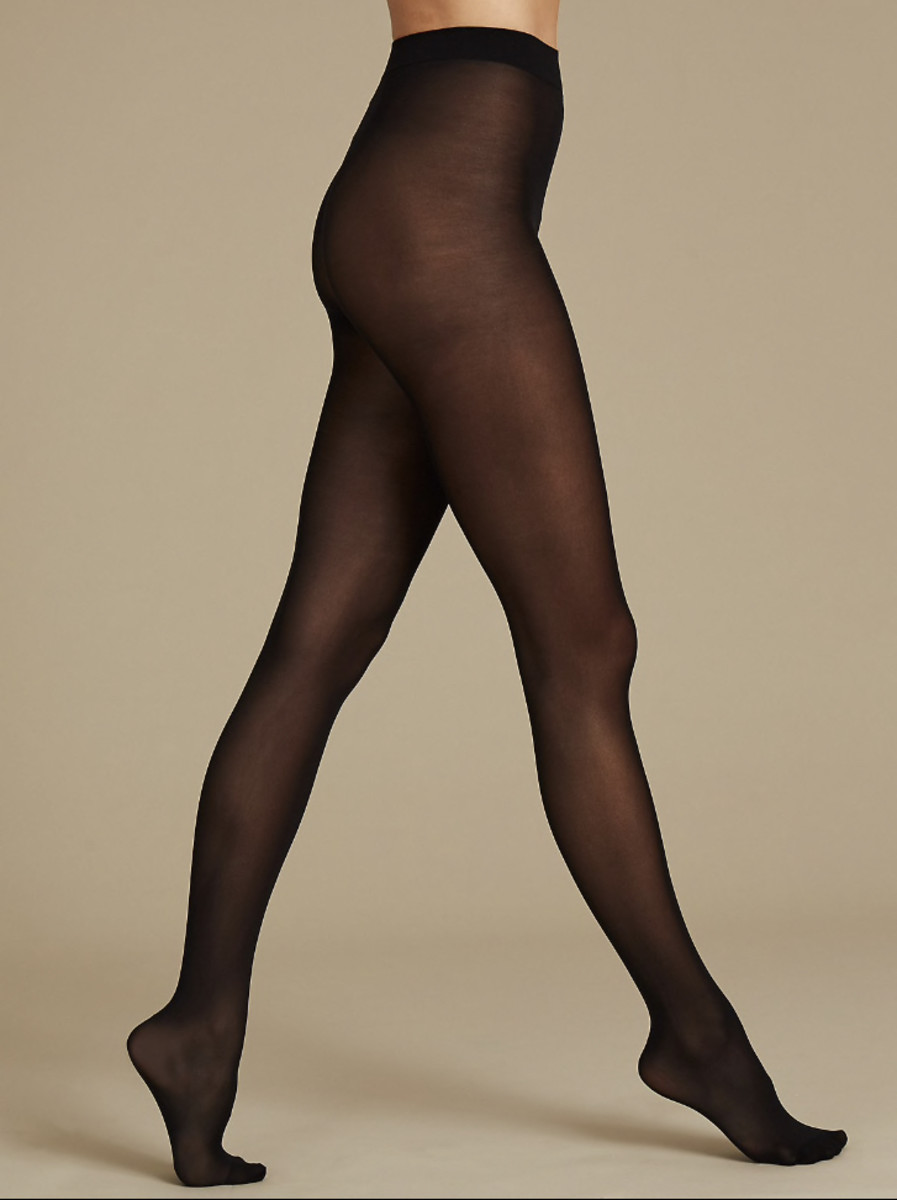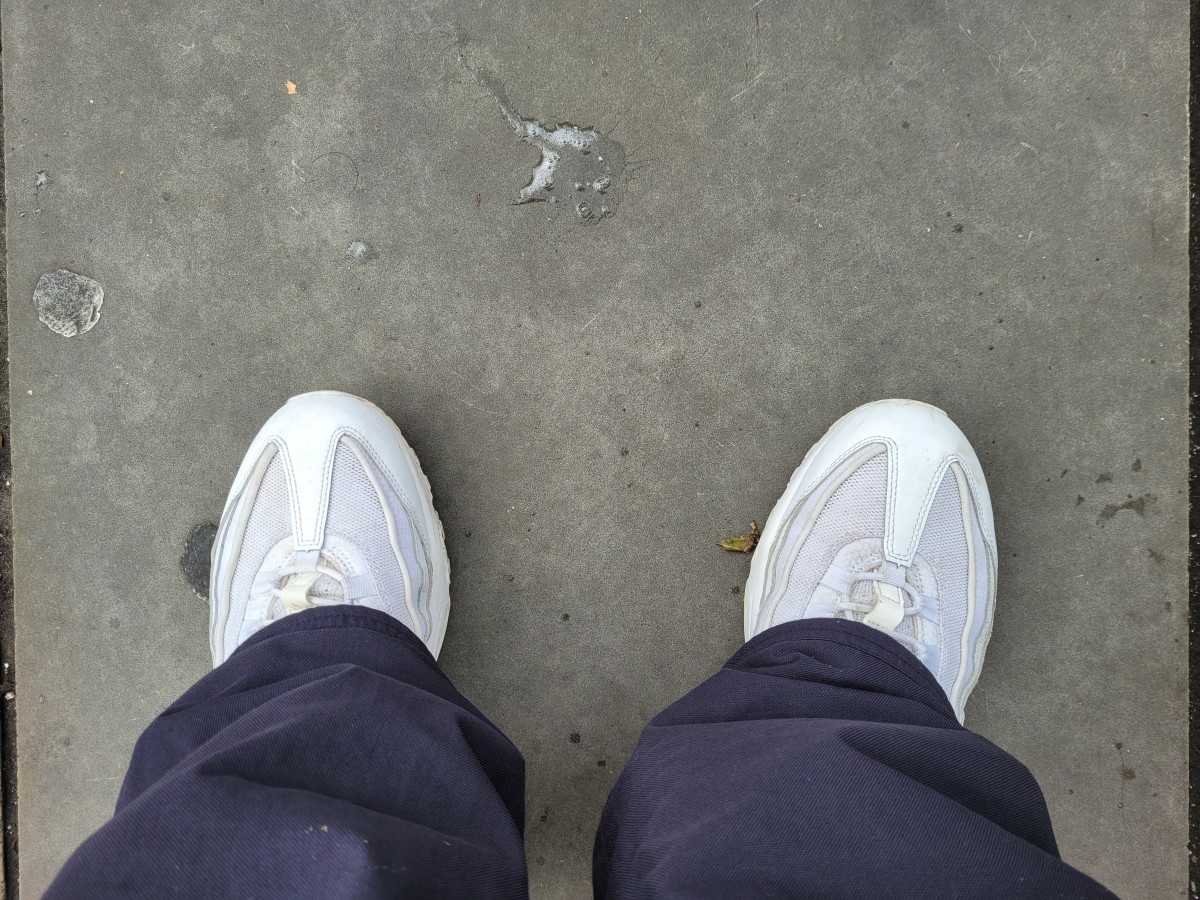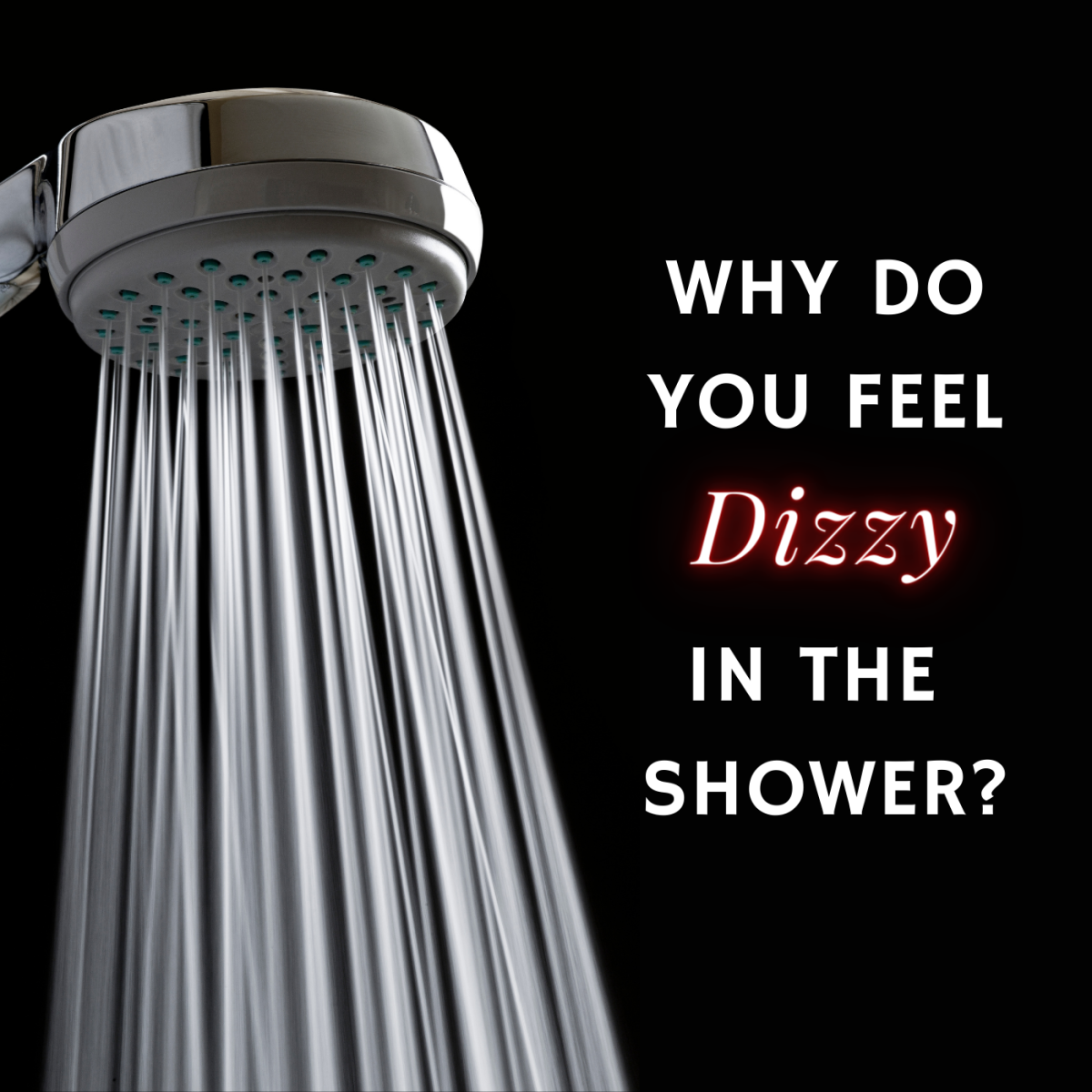The Debate Over Wearing a Mask
The two sides of mask wearing and which is the truth; the moral debate
Even as early as January of this year, the thought of a mask offered people images of surgeons in operating rooms, a painter painting a room or even of Halloween. We saw images that came out of China; people wearing surgical masks and face coverings, but we never equated these images with what would be to come.
But then Covid came here, to untouchable America. At first, it was, “wash your hands and be careful. If you feel sick, wear a mask in public if you can.” To most, face masks were not available, so “anything covering the nose and mouth would do.” Scarves, bandanas, even surgical masks available through your primary care physician. Most questioned the need for masks to begin with; do we really need to wear these things on our faces? It was an odd thing to do here, and in most countries. Those who did wear masks were looked at strangely, or with caution as it was assumed they must be ill.
Then came the lockdown, businesses closing, no public gatherings, social distancing, hand sanitizing, and of course “wear a mask if you must go out in public for any reason.” Suddenly, anyone not wearing a mask was viewed as selfish, not caring if they got others sick or themselves. Instructions on how to make your own mask popped up everywhere. There were specific guidelines about how and with what materials masks should be made. Opinions abounded over whether or not anything besides a rare N95 mask would do any good at all. But those were being hoarded away for health care workers who needed them desperately.
Information popped up everywhere, both for and against the wearing of masks. The media ran with it. The internet became overloaded with it. Groups of people became vehemently against the wearing of masks, saying research suggested the small invisible particles of Covid (SARS-CoV-2) that people breathed out, talked out, sneezed out, or coughed out would get through the flimsy makings of homemade and even surgical masks. Masks were viewed as “no protection at all to the wearer.” Then you had your opposing groups who insisted on wearing a mask all the time, feeling it was the only way to protect themselves from those who did not wear them.
This divide came about because of the lack of certain information and the excess of others.
So why do we need masks?
The answer to this question came about at the very beginning when people were told to only wear one if they were ill. However, because Covid-19 was (and still is) such a mysterious illness, even scientists and doctors didn’t have a grasp on what would work and what wouldn’t. They began experiments on how far particles traveled inside buildings where air flow was still. They discovered that just talking would spew particles up to 6 feet away and could hang in the air for hours with no wind to blow them away. Sneezing and coughing sent them much, much farther. These particles have been found on toilets, sinks, anywhere they land and survive for hours or even days.
Despite this information, confusion still abounded as to the actual benefits to wearing a mask. Only health workers on the “front lines” understood the benefits. Even when wearing a mask became a rule in order to enter a public establishment, still some refused, holding to their belief that they would not be protected, the masks were hot and difficult to breathe in. This in turn led to cases where certain people who were required to wear them for their jobs were getting ill from the masks. Public and handmade masks have no respirators, no way to get fresh air in or out. Then why do surgeons, who wear surgical masks for long periods of time in O.R.’s not get sick? The reason is simple. Masks without ventilators are not meant to be worn for continuous periods of ten or more hours without being switched out or removed for fresh air. But no one told the average worker this.
Surgeons wear masks to prevent their own germs from compromising the patient, not to prevent the patient from compromising them. Knowing this, we need to follow suit. Don’t wear the mask selfishly only to protect yourself, wear it to protect others, especially those who may be susceptible to infection.
How masks help prevent Covid-19 from spreading
In order to understand this, we need to look at the original advice of wearing a mask if you’re sick. Rather than looking at masks as a way to prevent you from getting the virus, look at it as you are preventing the spread to others. It’s now known that many people (more than they can know as not everyone in the country has been tested) can harbor the virus with no symptoms (asymptomatic) and can be contagious for anywhere from 5 to 14 days [source].
If you’re wearing a mask, the microscopic particles are contained within it. Even if the tiniest of particles managed somehow to make it out into the air, those around you who are wearing masks will still be protected. Two masks are better than one. If everyone wears a mask, the chance the virus particles will make it out of one mask and into another is petty much nil. Hence, everyone is protected. This is provided everyone keeps hands away from their face until they have washed up.
Do non-N95 masks protect against contracting the virus?
And there is the million-dollar question. This group includes surgical masks, homemade masks, bandanas, scarves, etc. The simple answer is yes, so long as everyone is wearing one. Most studies are conducted on particles within an enclosed area with no or little airflow. It’s even been suggested that particles can travel through air ducts. This may be the reason facilities for the ill and elderly have high infection rates. But, that debate has not yet been proven. There’s also been little success in research done on Covid particles in an outdoor environment.
Research has shown that the particles of coronavirus that causes Covid-19 range from 0.1 to 900 micrometers. Certain viruses have been known to slip through even N95 masks, but the Covid particles rarely do. Covid-19 particles aerosol once expelled, meaning they can be airborne, as well as landing on surfaces where they can survive and be picked up. So, the take-home message of all this is to wear a mask when out in public, whether or not you believe in them. The life you save could be that of someone you love… or your own.








